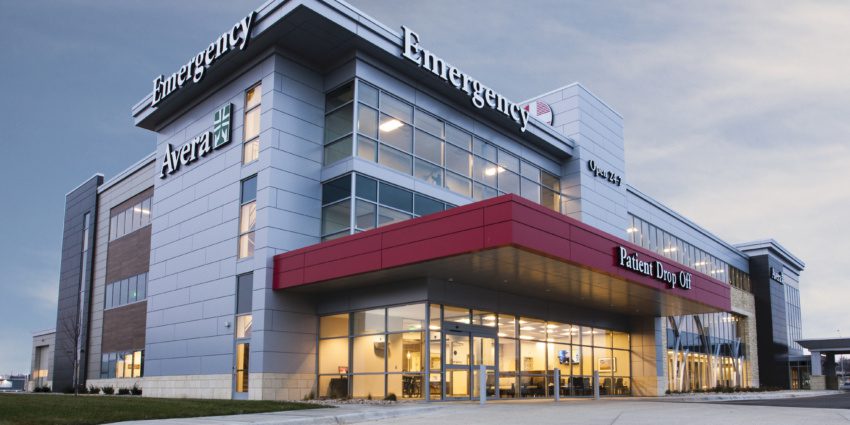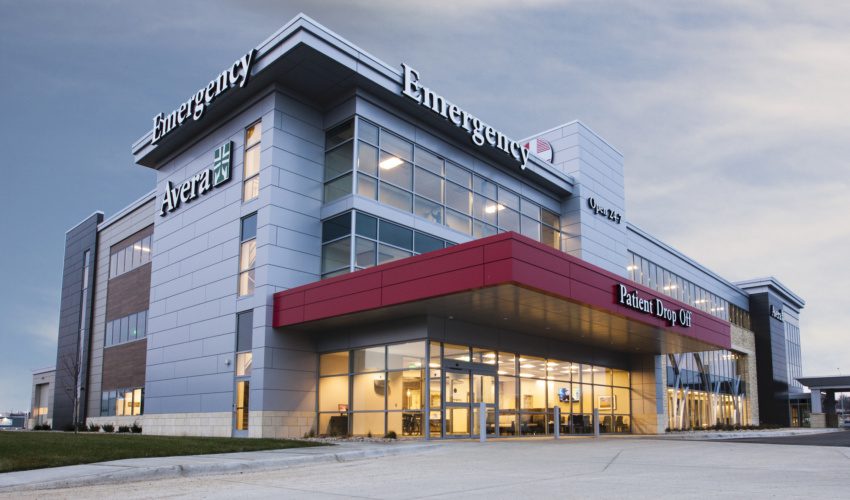Emergency vs. urgent care: Here’s how to choose
Jan. 16, 2020
This paid piece is sponsored by Avera.
We’ve all been there. It’s Saturday night, and your child has an ear infection and is in pain.
Do you go to the emergency room or wait until morning? An emergency room could be costly but seems like the only option to get on the mend quickly. Thankfully, there are more options these days for quick care that also are likely covered by your health insurance. January is a great time to take stock of your options so you’re ready the next time a family member needs care.
Is the ER the best choice?
Most health systems are working hard to provide easier access to health care any time of day, so an expensive emergency room visit isn’t the only option for something that isn’t life-threatening but still needs attention.
A great rule of thumb is to ask yourself, “Can it wait until tomorrow?” said Dr. Jared Friedman, an emergency medicine physician with Avera Medical Group.
Some things such as a sinus or ear infection, minor cuts, cold, flu or sprains will be OK to wait to see a provider during regular clinic or urgent care hours.
“Discerning a true emergency is never easy. In many cases, we would prefer for you to err on the side of caution,” Friedman said. “Emergency room employees are well trained to effectively deal with any situation. The emergency room is the No. 1 choice for serious symptoms like chest pain, shortness of breath and severe allergic reactions.”
Avera’s Urgent Care locations in Sioux Falls are open evening and weekend hours to handle issues that require immediate attention after normal clinic hours, such as minor cuts and burns, sprains and broken bones or respiratory issues.
The Avera Family Health Center on Marion Road, Avera Medical Group McGreevy 69th and Western, and Avera Medical Group McGreevy Dawley Farm offer urgent care from 5 to 9 weeknights, 9 a.m. to 6 p.m. Saturdays and 10 a.m. to 5 p.m. Sundays.
When you’re still not sure
While it can sometimes be difficult to discern your best option, many health systems have programs in place to help.
- The Avera Medical Call Center at 877-282-8372 has nurses available 24/7 to provide guidance.
- AveraNow virtual care can provide direction on whether it’s best to seek emergent care.
AveraNow also can be a great option for quick diagnosis of simple issues such as ear infection or stomach issues. Plus, it’s available in all 50 states — a great benefit if you’re traveling.
The long-term cost for employers
A doctor visit at a clinic versus an emergency room visit can save the patient money. Fewer than 9 percent of emergency room visits end in hospital admission, according to the Centers for Disease Control and Prevention. Meanwhile, the average cost of an ER visit is $1,200, according to the CDC.
From a business owner’s perspective, it also can affect the cost of health insurance over time. That’s why insurance providers are focused on providing options to members at any time of day.
“We want people to see a provider when they need to, but that doesn’t always happen at a convenient time,” said Jordan Anderson, vice president of sales and account management for Avera Health Plans.
“Urgent care, retail clinics and even virtual care visits can help members better match the level of care to their needs. In the end, that can be a cost-saving for both members and employers.”
January is a great time to take a look at available benefits and accessibility. Ask yourself these questions so you’re ready:
- Do you have an in-network urgent care in your area? What are the hours?
- Does your regular, in-network clinic offer same-day appointments?
- What is the cost of an urgent care visit versus an emergency care visit?
- Do you have access to virtual care visits? If so, how much is the visit, and is it covered by your health insurance? Some virtual care is provided as part of your insurance coverage at no additional cost.
Improved access to affordable care has many benefits besides improved well-being, such as fewer sick days and increased productivity during work hours. Lost productivity costs employers $22.5 billion every year, according to the results from the American Productivity Audit.
“This is a win-win for everyone,” Anderson said. “Nurturing a workforce of employees who are healthy, happy and informed is important because it will also affect the bottom line of the business over time. In most cases, those savings can trickle down to employees in the form of lower premium costs.”








